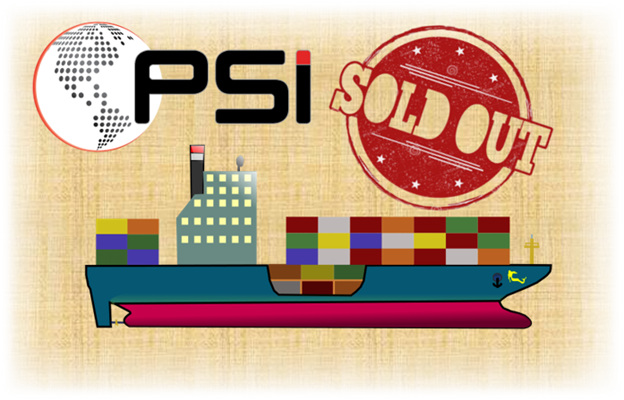
The Global Supply Chain: What to Know and How to Manage It
As we continue into the second quarter of 2022, supply chain disruptions remain a major challenge for businesses of all sizes around the world. The current supply chain crisis is creating major inventory shortages, shipping delays and price increases for businesses and consumers. So, what caused this supply chain crisis? What is next? And how are businesses managing it?
What Caused the Global Supply Chain Crisis?
Unsurprisingly, COVID-19 is the primary driving factor. When COVID-19 began spreading in 2020, many manufacturers and businesses either stopped or limited operations. This slowed down and ultimately decreased the global supply of goods. Purchasing behaviors also changed dramatically due to COVID-19. Outlined in our blog from last year, https://psidelivers.com/e-commerce-is-booming/, eCommerce demand skyrocketed and many people began purchasing in larger quantities in order to prepare for the future uncertainty. As a result of higher online purchasing, shipping carriers’ networks have also become more strained than ever, resulting in delays in transporting goods. Due to the shortages in supply and an increase in demand for goods and shipping, we are now facing massive price increases and delays in not only purchasing goods, but getting them transported.
International Supply Chain
Forecasting and planning is more important than ever. It is critical to understand your supplier base and potential critical threats. One of the biggest systemic changes we’ve seen across our customer base is a shift from utilizing suppliers overseas to ones based in the U.S. It has been more challenging and costly than ever to transport goods to the U.S. from other countries. Once goods arrive here, we are still dealing with a huge backlog at key ports. This challenge may even get worse over the next few months. The International Longshore and Warehouse Union contract for over 22,000 port workers across 29 ports renews July 1st of this year. The potential conflicts of negotiation during this time of turmoil may result in a labor impasse. This could turn a challenging situation into a catastrophe.
Sourcing Domestically
The supply chain domestically is heavily impacted by the
current situation as well. We are still faced with rising costs and delays for
goods that may already be more expensive than China or other countries.
However, sourcing products in the U.S. eliminates the risks at ports and the
massive hike in transportation costs is mitigated. If you haven’t considered
sourcing good in the U.S., now is as a good a time as ever.
PSI has manufacturing partners across the U.S. We help
source products for many of our customers and leverage our packaging and
printing network to provide the best-in-class products and pricing. Feel free
to contact us and we’d love to see how we can help.
